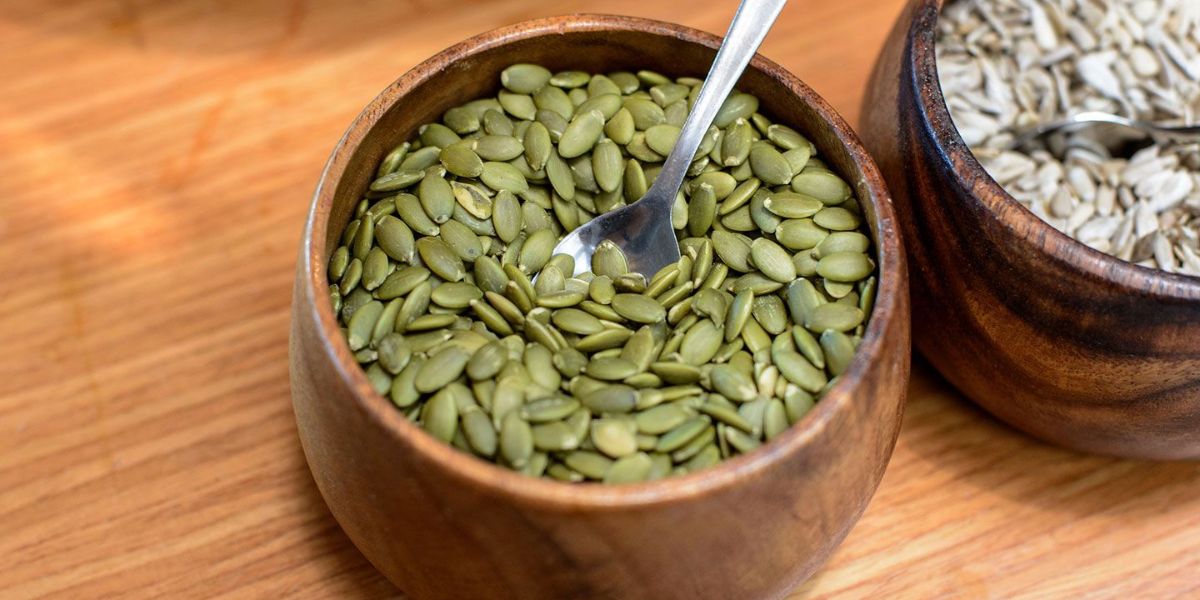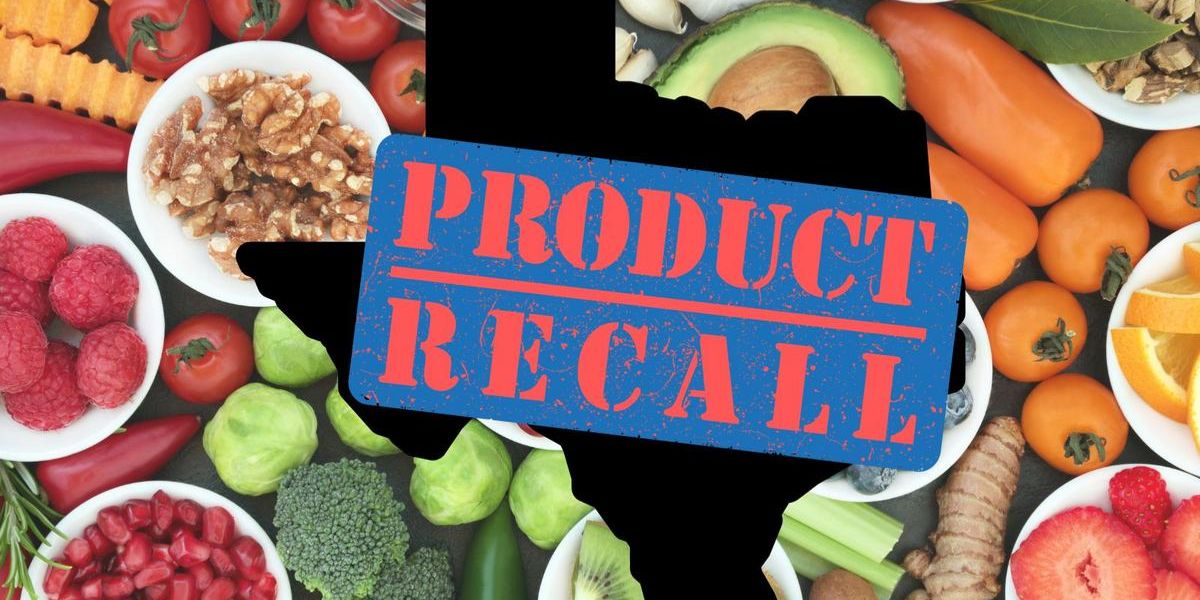For many, headaches are an all-too-familiar part of daily life. Whether it’s the dull throb of tension or the sharp pulse of a migraine, reaching for medication can feel like the only option. But what if relief could come from your plate instead of a pill bottle?
Emerging research suggests that certain foods may naturally reduce headache frequency and intensity. From inflammation-fighting nutrients to key minerals that support nerve function, what we eat might play a bigger role in pain management than previously thought.
Let’s take a closer look at five foods that could help keep headaches at bay—without stepping foot in the pharmacy.
1. Ginger: A spicy ally against pain
Ginger has long been used as a remedy for various ailments, from nausea to sore throats. But it’s also earning recognition for its ability to ease headaches, especially migraines.
The secret lies in gingerol, a powerful compound with anti-inflammatory properties. When inflammation in the brain or blood vessels is the culprit behind head pain, ginger may help calm things down. Some studies have found that taking ginger at the onset of a migraine can provide relief comparable to common over-the-counter medications, particularly within the first two hours.
Adding ginger to your day could be as simple as steeping it in tea, blending it into smoothies, or using it fresh in cooking.
2. Leafy greens: Power-packed with magnesium and B vitamins
When it comes to nutrients that protect the brain and nervous system, magnesium tops the list. A lack of magnesium has been linked to migraine and tension headaches in numerous studies. Fortunately, foods like spinach, kale, and Swiss chard are loaded with this essential mineral, along with B vitamins that help regulate energy and stress levels.
These leafy greens help the body relax blood vessels and improve nerve function—two factors that can reduce the likelihood of a headache striking. They’re also hydrating, which is a bonus, as dehydration is another sneaky headache trigger.
You can toss a handful of greens into a salad, sauté them with garlic, or blend them into a green smoothie for a daily dose of headache-fighting power.
3. Salmon: Rich in omega-3s for a calmer brain
Salmon isn’t just good for the heart—it may also help the head. The key lies in its high content of omega-3 fatty acids, especially EPA and DHA. These healthy fats are known to fight inflammation, and studies show that regular intake can significantly reduce the number and severity of headaches over time.
A study published in the BMJ found that people who ate diets rich in omega-3s experienced up to 40% fewer headache days compared to those who didn’t. While not an instant cure, including salmon in your weekly menu—think grilled, baked, or in sushi—could make a meaningful difference in long-term headache management.
4. Nuts and seeds: Magnesium on the go
Another magnesium-rich option comes in the form of nuts and seeds. Almonds, sunflower seeds, pumpkin seeds, and cashews are all excellent sources of this headache-fighting mineral. They’re also packed with vitamin E and antioxidants, which further reduce inflammation and oxidative stress in the body.
Magnesium is especially helpful for those who experience headaches tied to hormonal changes or muscle tension. By helping relax the nervous system, these small snacks can offer big benefits.
Keep a bag of mixed nuts in your bag or add a spoonful of seeds to yogurt or oatmeal for an easy way to up your intake.
5. Cherries: Sweet, tart, and potentially soothing
Cherries, particularly the tart variety, contain anthocyanins—compounds that give the fruit its vibrant color and offer anti-inflammatory and antioxidant effects. These compounds may reduce levels of nitric oxide in the blood, which is sometimes elevated during migraines.
While research on cherries and headaches is still developing, early signs are promising. Many people also report cherry juice helping with muscle pain and inflammation, hinting at possible benefits for headache relief as well.
Try a handful of cherries as a snack or sip on tart cherry juice to see if it helps you.
Not one-size-fits-all: Listen to your body
Despite the growing interest in natural headache remedies, it’s important to remember that individual responses vary. What works for one person might not work for another—and some foods, like bananas, illustrate this well.
Bananas are rich in magnesium and potassium, which should, in theory, help with headaches. But they also contain tyramine, a naturally occurring compound that can trigger migraines in sensitive individuals. The same goes for dark chocolate, which contains both caffeine and tyramine—potential headache helpers or triggers, depending on the person.
That’s why keeping a food and symptom diary can be helpful if you’re trying to pinpoint patterns or triggers. And of course, frequent or severe headaches should always be discussed with a healthcare professional.
Practical tips for a headache-friendly diet
- Stay hydrated: Water might not be a food, but dehydration is a common headache trigger. Aim for at least 8 glasses a day.
- Eat regularly: Skipping meals or having large gaps between eating can lead to blood sugar dips, which can cause headaches.
- Incorporate variety: Don’t rely on just one food. A balanced, nutrient-rich diet is more likely to bring consistent results.
- Watch your triggers: Be mindful of foods like aged cheeses, processed meats, and alcohol, which can worsen headaches in some people.
While there’s no magic food that guarantees headache relief, incorporating ginger, leafy greens, salmon, nuts/seeds, and cherries into your routine could make a difference over time. These foods support the body’s natural defenses, reduce inflammation, and address nutritional gaps that may contribute to headaches.
Think of them not as a cure, but as allies in your overall wellness toolkit. With a little patience, some trial and error, and guidance from a healthcare provider, a headache-free day might just start on your plate.







